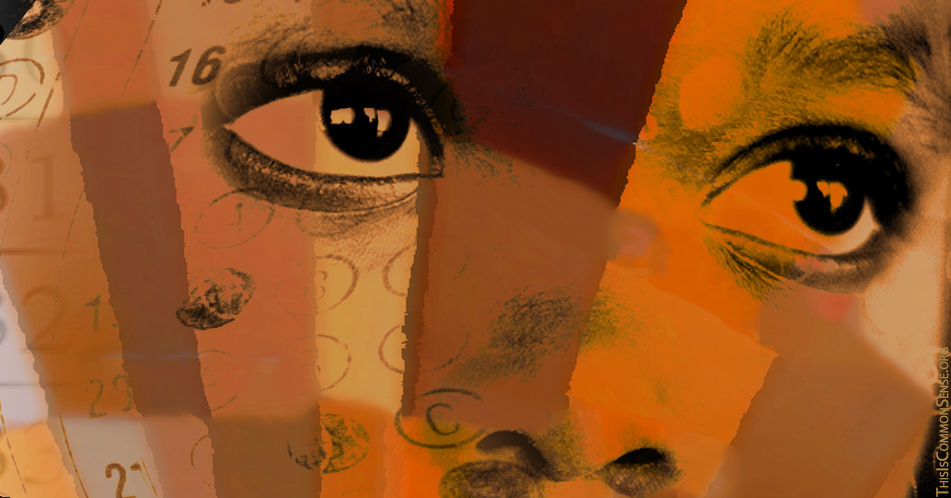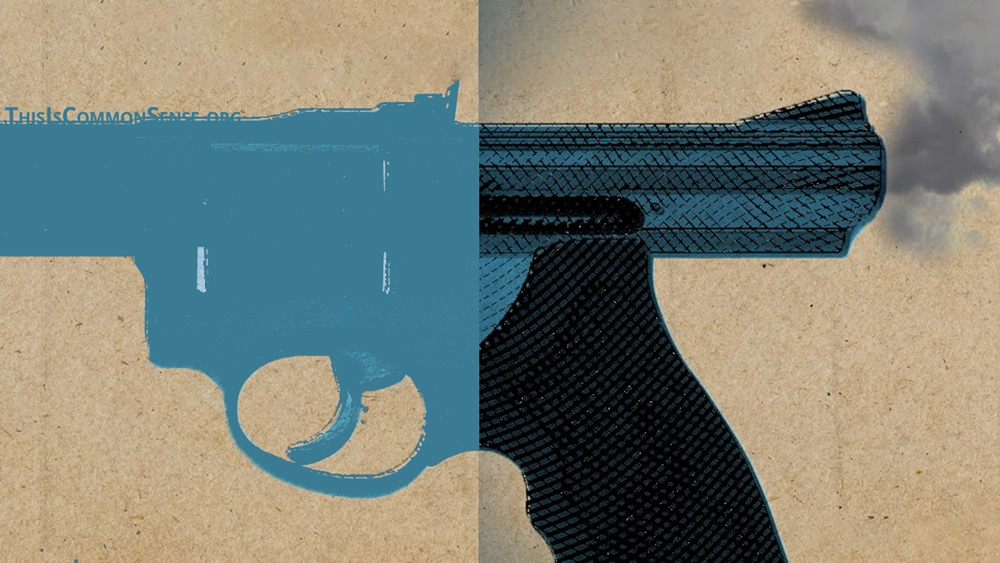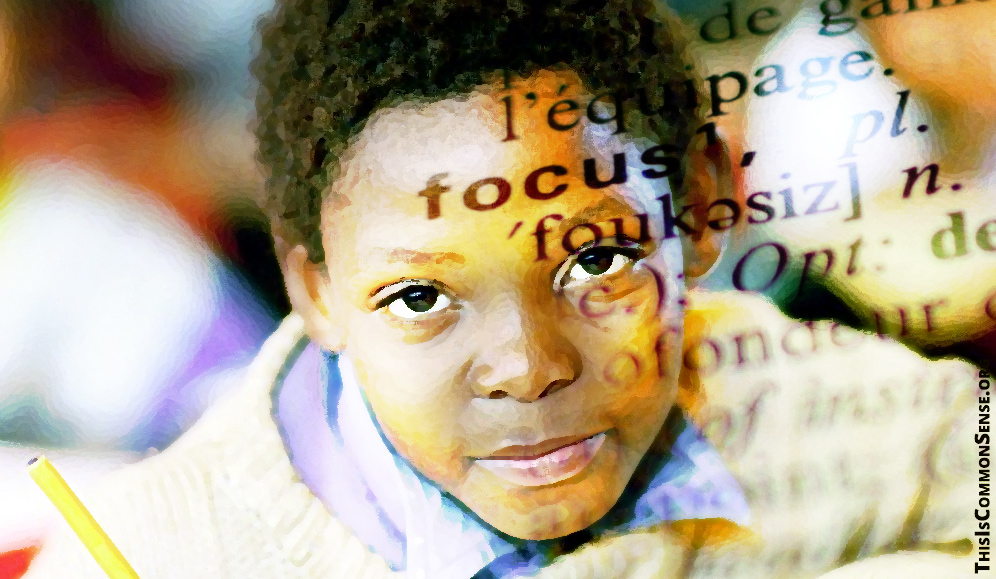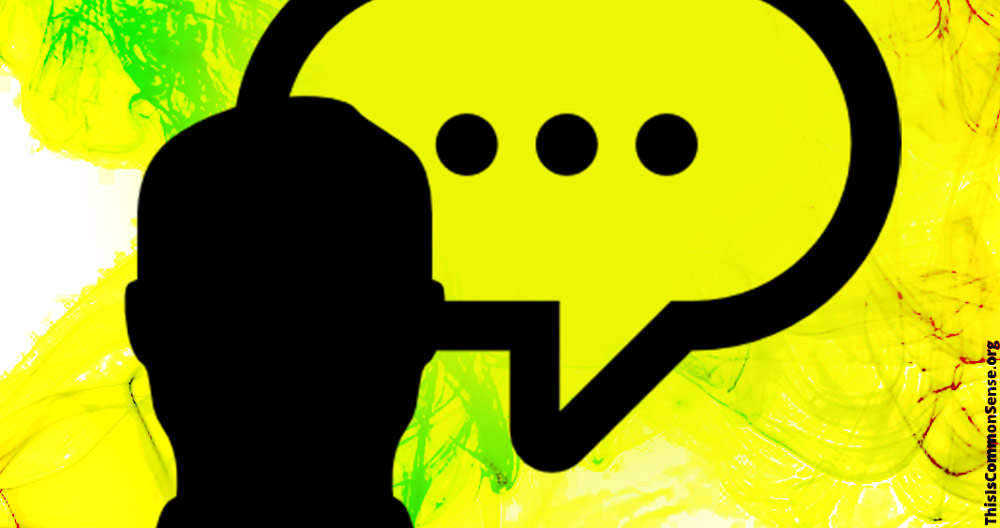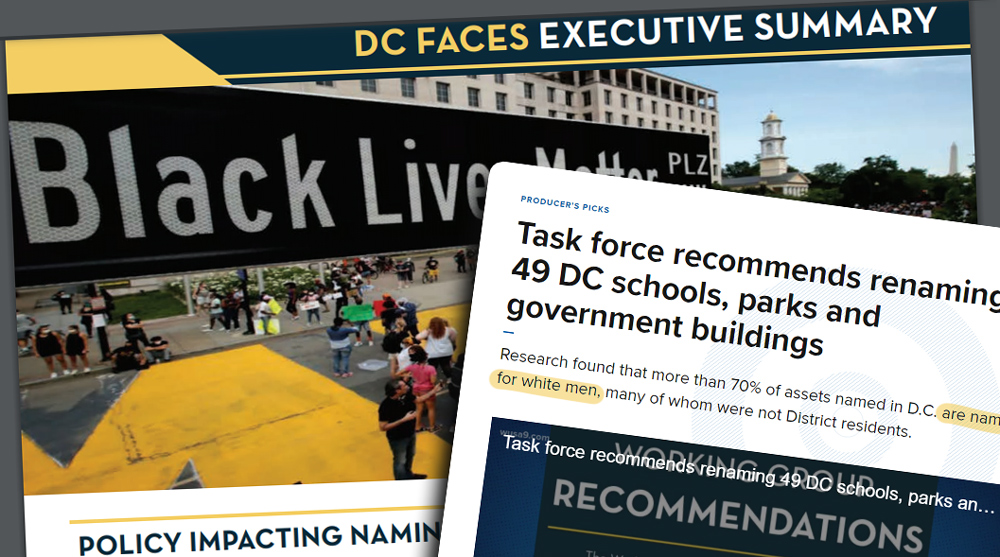“Virginia AG’s office finds elite Loudoun STEM school discriminates against Black, Hispanic students,” declared The Washington Post headline.
Falsely.
On Friday, Attorney General Mark Herring — another blackface-wearing state government leader — issued a 61-page report, saying “the Office of Attorney General Division of Human Rights finds there is reasonable cause to believe that Loudoun County Public Schools’ administration of the Academies of Loudoun program resulted in a discriminatory disparate impact on Black/African-American and Latinx/Hispanic students.”
Though the investigation found the admission process to be “facially-neutral,” The Post informs that the program “in fact barred from admission qualified Black and Hispanic students who applied during the fall 2018 cycle.”
Yet blacks and Latinos were not barred.
This year, 7 percent of black applicants were accepted and 11 percent of Hispanics. True, the acceptance rate for Asians was 13 percent and 15 percent for whites. But this gets tricky. Given their percentage of the overall student body, Asians were 42 percent overrepresented in the applicant pool, while blacks were 4 percent underrepresented, Latinos 6 percent, and whites underrepresented by a whopping 23 percent.
“We request that Loudoun County Public Schools eliminate its discriminatory practices,” the report concludes. But … it did not stipulate any specific form of discrimination. Rather, it instructed the school district to work with the Loudoun County NAACP “to begin developing revised policies within 60 days.”
What sort of revisions are likely?
Lower the entry requirements, reduce testing and “take into consideration the principle of geography/socio-economic equity.”
You see, the problem they’re trying to fix isn’t racism, but the lack thereof.
This is Common Sense. I’m Paul Jacob.
—
See all recent commentary
(simplified and organized)
